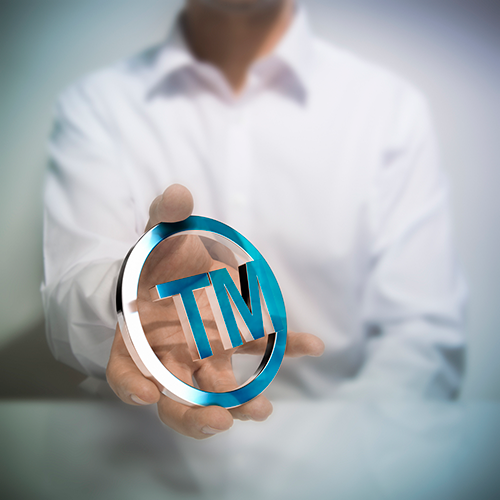Here is a tale of woe that business owners often experience, and which causes them deep frustration and some considerable, unbudgeted-for cost to their commercial activities.

Many business owners conduct their business under a business name, company name, and/or logo (trademarks) and they have not registered these trademarks with the Intellectual Property Office (IPO) in Canberra. The trademarks mean a lot to the business owner and their business success, as they have usually chosen a creative name for their business and/or their product and have spent hundreds of dollars designing a great logo. Evidence “Coca-Cola” or the golden arches of “McDonalds.” How connected with the business success of the owners of them, are these names and logos?
Anyway, out of the blue, someone else applies to the Intellectual Property Office (IPO) to register the same or similar name trademarks as the business owner, and they are successful, because the business owner’s name and logo are not registered.
Then the business owner gets a letter from the new registrant telling him/her to cease and desist with using the registered names and logo.
Where does the business owner stand and what can he/she do?
Well, they are not in as good a place, as if they had registered their trademark/s with IPO, in the first place.
You see, a trade mark is a sign ( name, or logo, usually) used or intended to be used, to distinguish goods or services dealt with, or provided in the course of trade by a person, from goods or services so dealt with, or provided by another person.
The registration of a business name or the incorporation of a company do not, of themselves, constitute uses of a trade mark, or establish the intention to use a trade mark.
The registration of a business name merely complies with ASIC’s legal requirement to register and does not confer any rights in the name; and the registering of a company name merely establishes the formation of a company with ASIC. In either case, their registration merely says that the registrant might use a trade mark, but not what that trade mark might be, or when it was first used.
So, the business owner writes back to the new registrant of the trademarks and what does he/she say to them?
He/she says, “We have used these trademarks for years and it’s really important to our business.”
The new registrant writes back and says,” Well, the IPO registered our trademarks, so if you want to stop us, you will have to take it up with IPO.”
The business owner then goes to the IPO and objects. Then the fun starts.
The business owner says to IPO that he/she lays claim to the trade mark name or logo, over the new registrant. The IPO then requires the business owner to provide strong corroborating evidence, not assertions, as to how, when, where and why, and to what extent, the business owner used the trade mark, over the years, be it a name, or logo. If this is done satisfactorily, then the IPO may tell the new registrant to stop using the trademarks. The business owner may even have to go court to get an order that the new registrant stops using the trademarks.
Obtaining and submitting all this evidence can be a stressful, costly and arduous.
To be successful, the business owner must prove that their trade mark or logo has a reputation, such that the use of the trade mark they oppose, would be likely to deceive or cause confusion to the public. In this respect, the business owner will need to provide clear and convincing evidence by way of a ‘high’ volume of sales, together with substantial advertising expenditures and other promotions.
The way around this problem for business owners, is to register their Trade Marks as soon as they start their business. That way, anyone who wants to subsequently use the same or similar marks, is the one who has to prove his/ her case against the business owner, and this is a lot harder for them, because the business owner’s prior registration gives them the upper hand.
This means that the IPO will dismiss the application made by anyone other than the business owner to register a trade mark or logo, the same or similar to the business owner’s registered ones. It is true that they can object to this, but it is very hard for them to succeed, if the business owner can show that they have taken bona fide steps to use the Mark and/or Logo in their business activities.
How to register a Trade Mark
The steps in registering a trade mark are, first, to conduct an IPO search to see if the name or logo is available in the service/s and/or the product area/s that you want them for, and then to lodge an application for registration with IPO, for each product or service in the area. If the application is accepted, it can take anywhere up to 9 months for your marks to become officially registered, although if you pay for a fast-track service, if can be shorter.
Most businesses prefer to engage a trade mark attorney or consultant. Costs will involve filing fees for each application and these include IPO fees (generally up to $350.00) and your attorney/consultants fees (up to $600.00)
If you are anywhere in Australia or overseas and wish to utilise the services of Wilson Haynes solicitors – conveyancers – trade mark consultants, please call our Principal, Jim Wilson on 07-55363055 or email through the Wilson Haynes website and he will have a cost-free, obligation-free discussion with you about your requirements.

This article was written by Jim Wilson B.Com., LL.B Principal – Wilson Haynes solicitors, conveyancers, trade mark attorneys

